LUMAA 2024
12. September 2024 • Sven Kristlbauer, Emanuel Strehler
LUMAA 2024
12. September 2024 • Sven Kristlbauer, Emanuel Strehler

Hi. I’m Sven. I freshly graduated from the Animation BA at HSLU just this summer.
Up until the LuMAA, I’ve been a 2D Animator. I have opened Blender and I’ve set a keyframe before, but I never seriously approached 3D animation, let alone worked with a proper rig.
However, I have always had a fascination with the medium. Why not combine that interest with my love for character animation?
So when LuMAA came up this year, I decided to take the opportunity to finally take a proper stab at 3D. Follow along as I discover the world of CG animation!
And heyo! I’m Emanuel. I am in my second year and have been animating in 3D for some time now, but I want to grow and learn a lot more about 3D character animation. LuMAA is one of the best courses for growing as an animator, so why not take the plunge again?
Block 1A: Human Walk Cycle

Time and time again I’m amazed by how much I can learn from doing default walks!
Erica Palmerini showed us a blocking approach to 3D animation, where you pose the Character from keyframes to breakdowns to in-betweens, quite similar to the classic 2D approach. Because of this, I felt at home quite quickly. I was expecting my 2D experience to help, but I was surprised about just how well my skills translated to CG.
As for getting used to Maya: We had a small introduction prior to the workshop, which helped a lot to find my way around the program. Naturally, it still felt quite clunky in the beginning, but luckily Erica and the students from abroad were very happy to help. By day three Maya posed no more issues. (The Autodesk gods must have been on my side though, because the program crashed a whopping 0 times in my first week! I learned only later how blessed I was…)
One thing that I soon learned to love about 3D animation is how easily you can experiment without being destructive. It’s crazy how much the attitude of a walk can change just by slightly offsetting or scaling keyframes. And it’s super fast to iterate!
As the week came to an end, we went down to the REX, the small Cinema of the HSLU, to look at our work on the big screen. Discussing our Animations this way was a great way to end the week, so the REX reviews became a weekly thing.
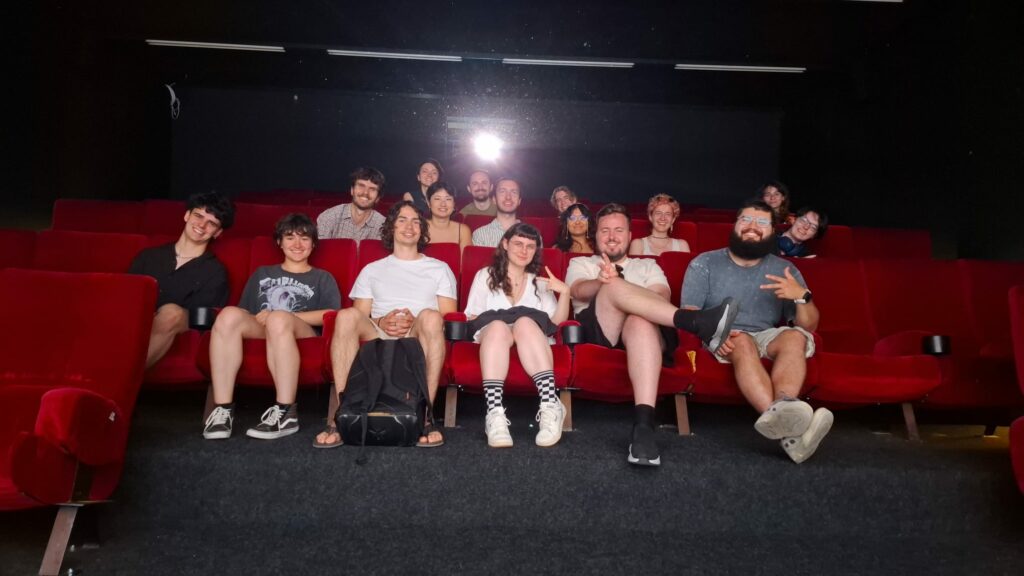

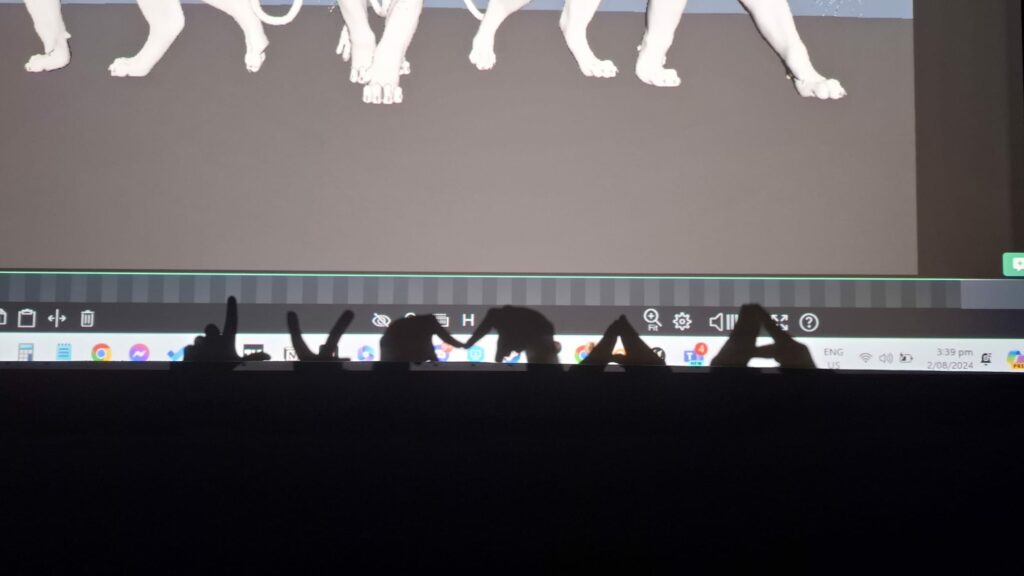
Block 2: Creature Animation
In week 2 we animated a quadruped walk cycle with Lukas Niklaus. Not only did we have double the legs to take care of, but we also approached it quite differently than in week one: This time around, Lukas advised us to work directly with curves, achieving our poses by changing the interpolation between as few keyframes as possible.
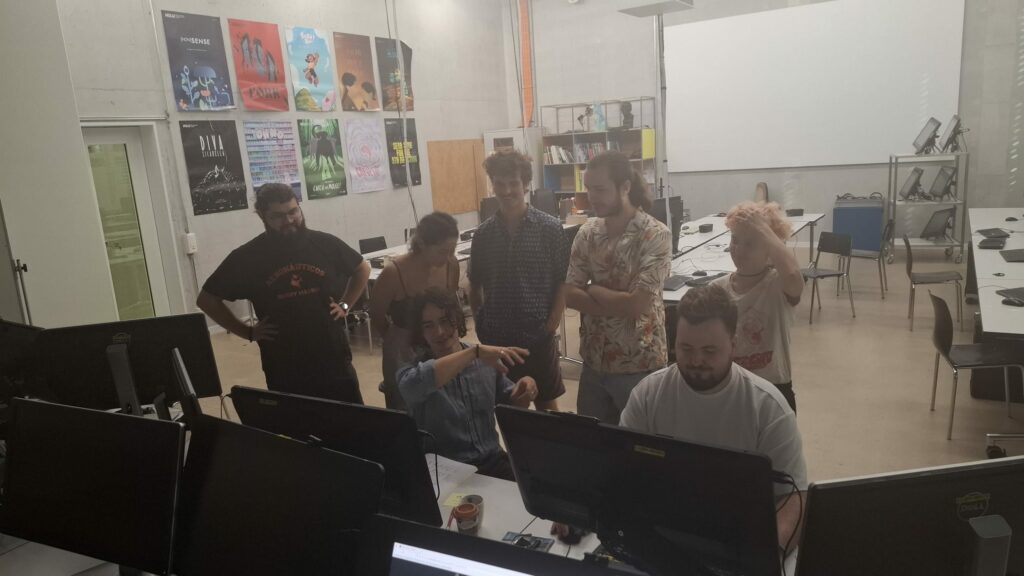
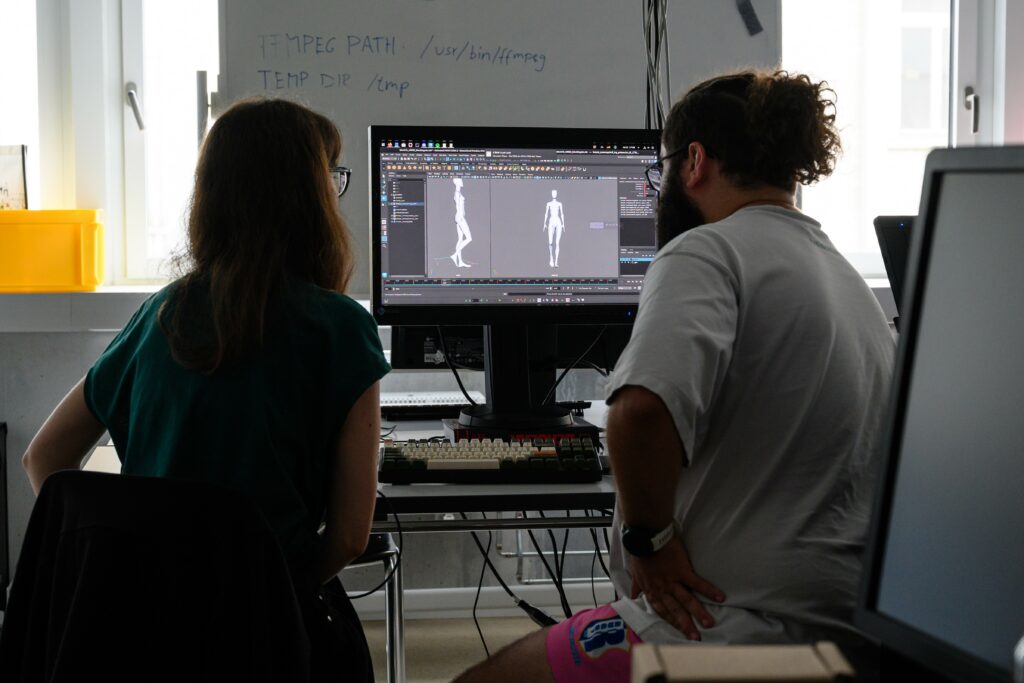
This was more abstract to me since it was a different way of thinking. Rather than coming up with poses, you would think about the speeds and offsets at which limbs move.
Once I got the hang of it, approaching animation this way helped a lot with understanding how muscles work.
Working with fewer keys made it slightly harder for me to achieve organic movement. However, once I did, it was even easier to iterate than with the Blocking approach. Another bonus of working this way is that once you’re happy with your movement, you don’t have to smoothen it.
In the second week of the Creature animation Block, we tackled an acting shot. Together with Michael Aerni, we studied animals’ behavior in depth. We combined the previously learned techniques to bring our animals alive. For this exercise, I chose a little Bulbul bird. With its snappy movement it was quite the contrast to the tiger I animated the previous week. It’s really interesting to see how much body size influences movement.
Throughout the week, Michael also gave us interesting insights into previs and cameras inside and outside of animation software.
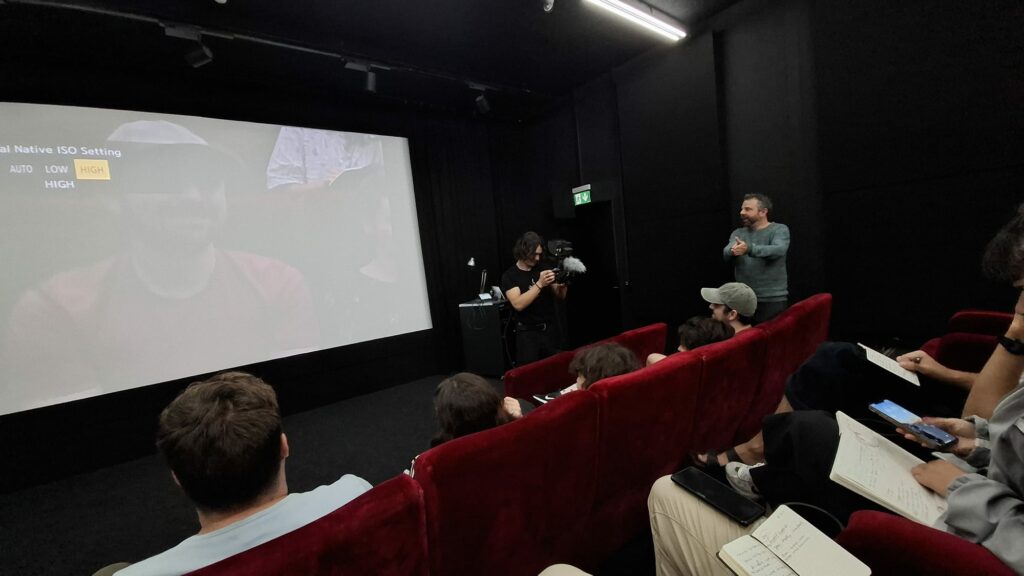

Block 1B: Lip sync
By week 4 I started feeling quite confident in 3D animation, as I was slowly finding a workflow that felt natural to me: I would usually block out the most important body parts pose by pose, while tackling more simple movements and adding some follow through directly in the spline.
For Lip-sync week, Ramon Arango and Noah Demirci taught us a lot about how mouths produce sounds and showed us interesting observations about acting beats and subtle eye darts.


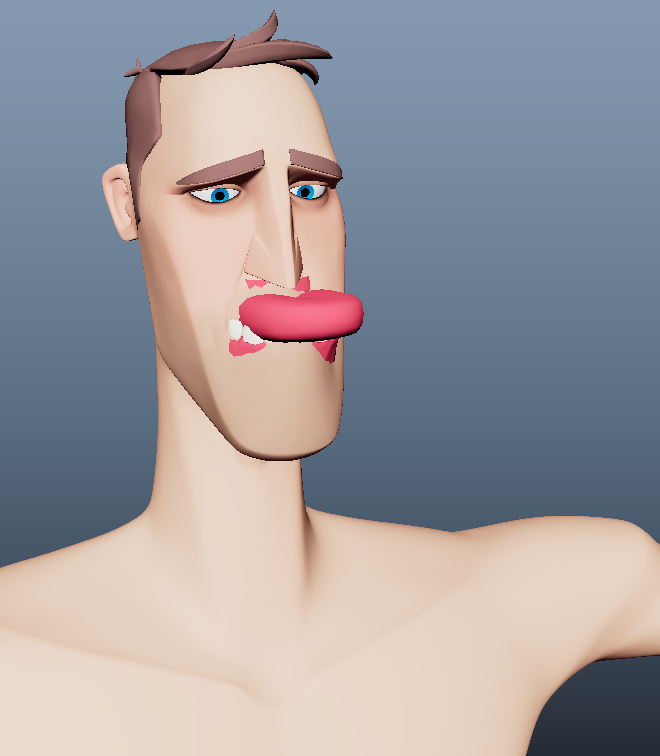
Conveniently, Ramon is also the creator of the Apollo and Artemis rigs that a lot of us had been using for the workshop. So not only did we benefit from feedback and lectures, but Ramon could also occasionally perform some Rig surgery.
Going from stepped animation into spline is always a hard step, but I found that for lip syncing, the smooth motion can feel especially jarring. When we talk, the mouth snaps from pose to pose quite quickly. So when we started splining the mouth, the focus was on getting the energy from the blocking back. Applying this I quickly achieved a satisfying, snappy animation.
That week we also had a little screening where everyone could show each other projects they had worked on. I was absolutely blown away by everyone’s creativity, skill, and stories. We saw everything from psychedelic journeys through compost bins to silly 80s action movies with bugs and even played a little intergalactic rhythm game. The lovely evening ended with a heated round of Mario Kart in the cinema.

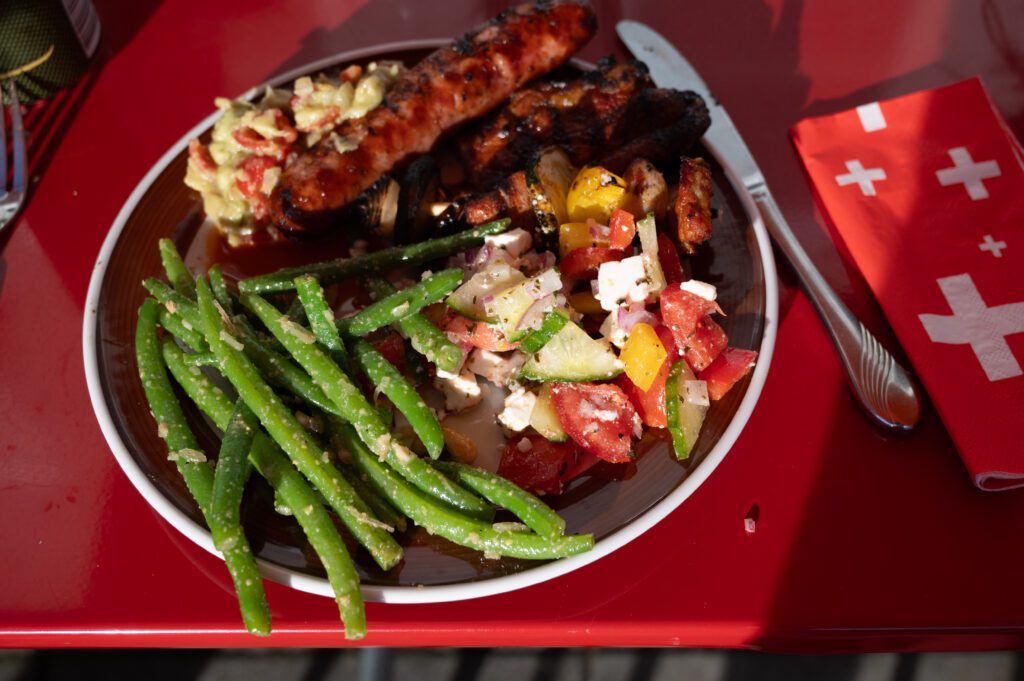

As every Friday, we ended the week with a cozy and delicious barbeque. This time it was also a little farewell for Matze and me, who left the workshop that evening.
The rest of the class was getting ready for their last big task: over the last two weeks of LuMAA, they would tackle more complex, full-body acting shots.
Block 3: Full Body Acting Shot
With the end rapidly approaching for LuMAA we poured all of our emotions into the acting shot. It’s the combination of all that we have learned with more SPECIFICITY. If there is something that our teachers from Pixar want us to remember, it’s this one concept. María Bjarnadóttir (and her partner Alyssa) and Kristen Willsher were focused on this concept and beat it into our heads as it had been drilled into them during their time at Pixar. This “specificity“ is the magic that really makes us see a person within a bunch of moving geometry. It’s the art of holding a look, an involuntary movement, or making specific choices that the character would naturally make, all while achieving the illusion that there is no puppeteer behind the scenes. But to learn more about this, consider joining LuMAA yourself.
Maria and Alyssa were there to help us come up with what exactly we wanted to animate for the following week, block it, and get it to IP (in progress – the stage between blocking and polishing). We listened to dialogue, learned about characters and how people move, and then blocked our ideas out. Meanwhile, they walked around and made sure we pushed our shots as far as we could. “It’s always easier to pull back an extreme idea rather than push a weak idea further“, and so we started with as wild-ass ideas as we could conceive, and pulled back some strings after.
We had a lot of fun watching Luca together with Maria and Alyssa, a movie that both of them and Kristen worked on. It had become a little bit of a tradition to watch a movie that our teachers worked on during the weeks, sometimes with the teachers present. We also had another delicious Friday BBQ and a tour of the school so that everyone could see the vast number of departments in HLSU DFK.
Kristen was our teacher for the final week, which was all about Polish, her favorite step of the animation process. We also got introduced to splocking, which is a layered workflow, but this time we used it for character acting. With Kirsten’s clear feedback, we all made amazing progress on our shot and pushed it even further – sometimes, it was at the cost of finishing the shot, but on the other hand, we gained a lot of knowledge, experience, and clarity of our ideas.
In the final week, we tried to cram in whatever last activities were still not done yet, so besides a last weekend hike, we managed to go bowling and have a fun afternoon with the game of werewolf. Over the weeks we have done so many fun things together as a group, that helped us bond and connect with each other.
Bundling up whatever leftover energy and emotion within us and pouring it into our animation, we finished our shots. And trust me, the emotions were running high since we all knew that this wonderful time was coming to an end and we would have to say goodbye to each other by the end of the week. The last BBQ had plenty of food and a lot of heartwarming last hugs were given – then it was over. It was a great time and one that I will certainly not forget for a long time.
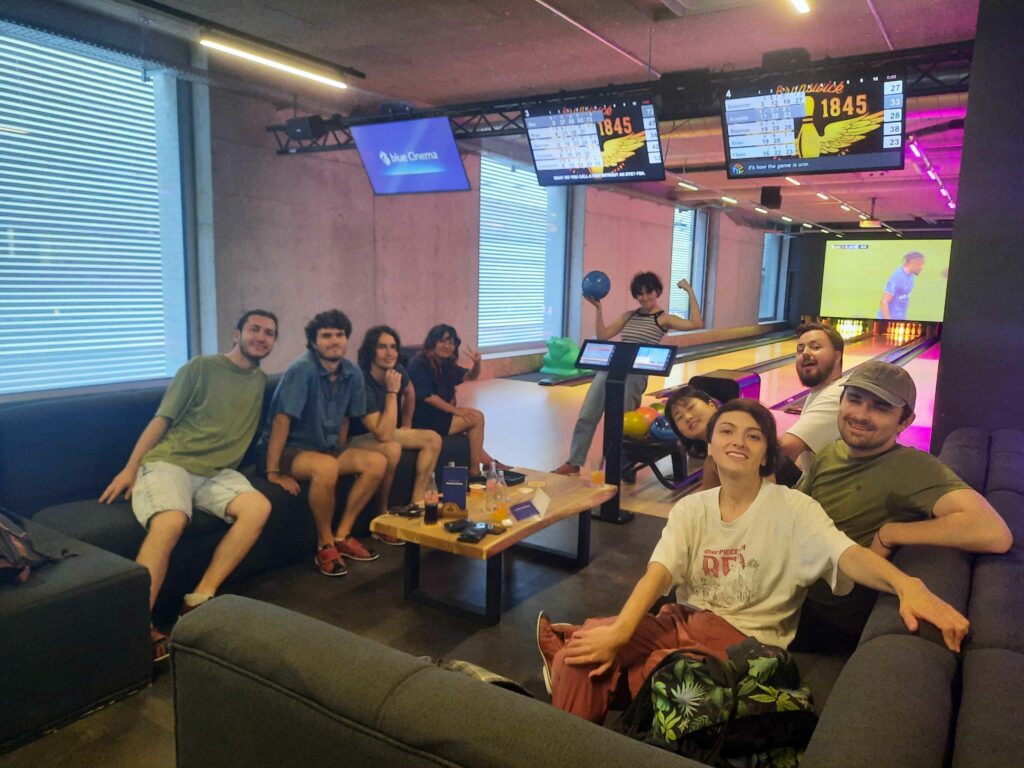

Once again thank you to Simon Otto, for supervising the course. Michael Aerni, Lukas Niklaus, María Bjarnadóttir, Erica Palmerini, Ramon Arango, Noah Demirci, Kristen Willsher, and Alyssa Ragni for teaching us so much. To the staff at Animation Lucerne for the support and for putting it all together and, of course, our classmates.
See you next year at the next LuMAA.
